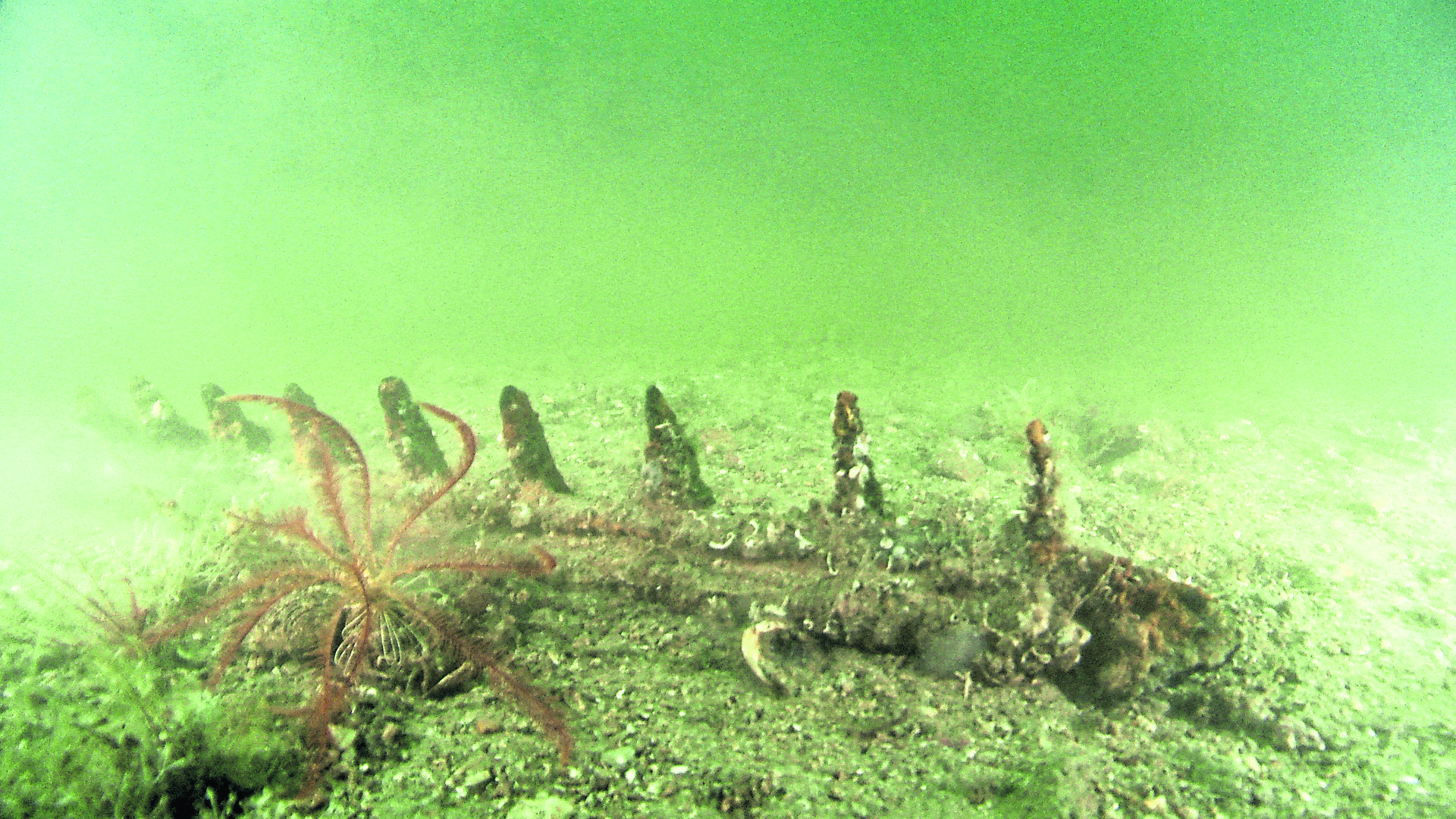Fishing representatives, anglers and community groups have called on the Scottish Government to take urgent measures to protect coastal waters.
The bodies came together to write to First Minister Nicola Sturgeon and Gillian Martin, Convener of the Scottish Parliament’s Environment Climate Change and Land Reform Committee, following a meeting in Oban about illegal dredging.
They want to see urgent reform of the management of the country’s inshore fisheries, due to damage to the seabed caused by decades of fishing.
>> Keep up to date with the latest news with The P&J newsletter
The government is also being urged to give serious consideration to re-establishing a three mile limit on bottom-towed fishing methods.
In the letter to Ms Sturgeon, signed by 42 organisations, lead signatory Alasdair Firth, chairman of Community Association of Lochs and Sounds, writes: “In recent years, in recognition of their ecological importance, 20% of Scottish coastal waters have been designated Marine Protected Areas (MPAs).
“But for the species and habitats impacted by dredging, this is protection on paper only, with less than five per cent of the seabed in Scotland’s inshore waters actually protected from destructive scallop dredging and four per cent protected from bottom-trawling.
“Even these small areas of protection are being flouted. Within the last two months, scallop dredgers have illegally ploughed up areas of seabed at Gairloch and in the Firth of Lorn protected areas, destroying critically important habitats which were showing remarkable signs of recovery.”
Nick Underdown of Open Seas environmental charity said: “The removal of the Three Mile Limit in 1984 was a concession to deregulation and a disaster for our inshore fisheries.
“Dredging and trawling in our sensitive coastal seas has led to the systematic degradation of the seabed and key fish stocks, such as west coast cod, which in turn has suppressed the potential of our rural economy in these areas.
“If Ministers are serious about protecting our seas and genuinely sustainable seafood, they need to take meaningful action, urgently. The Scottish Government is presiding over a fishing regime which protects less than five per cent of our coastal waters from scallop dredging, the most damaging fishing method in Europe. It’s time Nicola Sturgeon and her Cabinet showed some real leadership.”
